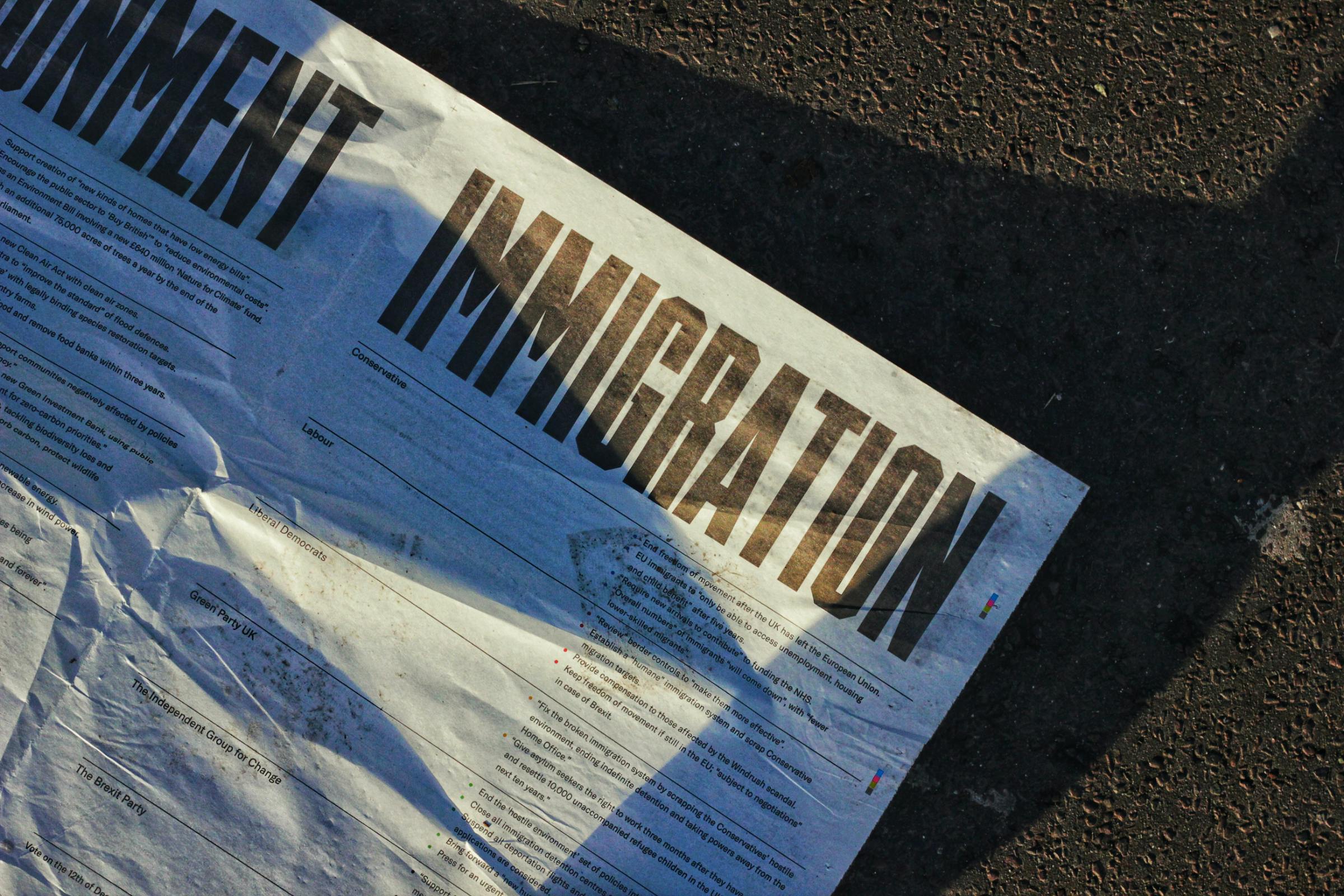Link to DOS Bulletin: https://travel.state.gov/content/travel/en/legal/visa-law0/visa-bulletin/2022/visa-bulletin-for-october-2021.html
The State Department has released their visa bulletin for the month of October, 2021. For those who weren’t aware, October is the beginning of a new fiscal year for immigration and the U.S. government more generally. This means that if you are viewing the Visa Bulletin in either the employment based or family based categories in the month of October, you will be looking at the new total of allowed visa numbers for both family-sponsored and employment-based visas and the corresponding final action dates as well as dates for filing.
In this post, we will take a look at some of the characteristics of both the employment based and family based categories for next month.
Annual Quotas
As a brief recap, each fiscal year the U.S. government allocates a minimum number of 226,000 family sponsored visas, and 140,000 employment based visas. In addition, any unused family preference immigrant numbers from the preceding year (2020) are added to this cap to establish the number of visas that are available for allocation through the employment-based system.[1] Because of Covid-19, and the fact that many U.S. consulates around the world were practically closed for the entire fiscal year, there will be a good number of family preference numbers that will be added to the employment based visa preference categories for the upcoming year.
Family Based Categories
In the family based categories, the backlog persists for most of the immigrant categories and for those seeking to come to the United States on an immediate relative alien petition. Married sons and daughters of U.S. citizens as well as siblings (brothers and sisters) of U.S. citizens continue to see the longest wait times (F3 and F4) from India and Mexico.
Employment Based Categories
Overall, at the start of the new fiscal year, there are less backlogs and extended wait times in most of the employment based categories vs. family based categories. Chinese nationals and Indian nationals continue to see backlogs in the 2nd, 3rd, and 4th employment based categories. Meanwhile there is a continuing trend of backlogs for Certain Religious workers from Central American countries—El Salvador, Honduras, and Guatemala.
There is a freeing up of investor visas for immigrant applicants from every country except for Chinese nationals—such applicants are still seeing a backlog of November, 2015.
Diversity Visa Applicants
In addition, the start of a new fiscal year in October means that those who were selected for the 2022 lottery are invited to apply for an immigrant visa during the next government fiscal year, which, as mentions, starts of October, 1st, 2021. The State Department mentions in the bulletin that winners should act quickly, as the system moves on a first come first serve basis. This essentially means that those who file for an immigrant visa quickly are more likely to be approved for a visa vs. those who wait too long and see their country cap has already been reached.














